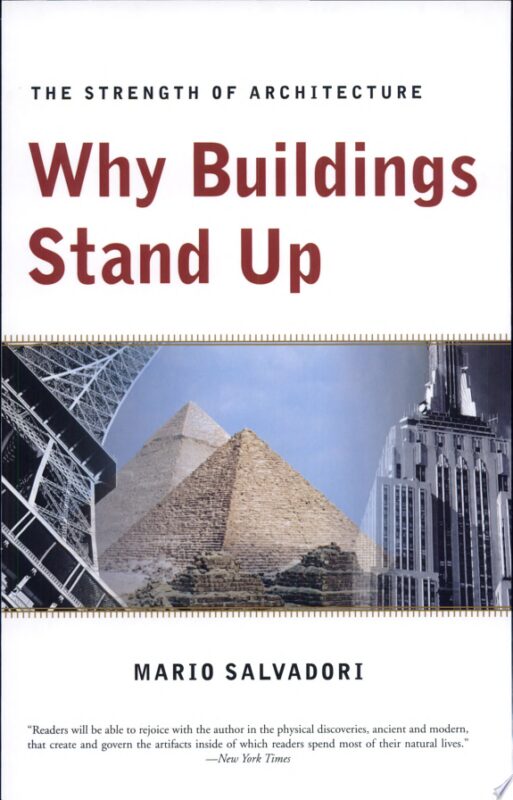ONE BRITISH FIRE POLICY 1700
After the Great Fire in London in 1684 many mutual associations and several companies were formed which offered fire insurance. Here is one of the coverage clauses in one of the policies, this one that of “Hand in Hand Mutual Fire Insurance Office.” This mutual merged with another and they lasted for many years. It should be noted that was we call “policies” were then called “Proposals.” Apparently, an insurer would make a “Proposal” (advertise?) and a prospective insured might join the mutual society and obtain the same coverage as other members, though policy limits might be different. I have changed the spelling and capitalizations to make the passage easier to read.
Here is a coverage term:
“If any house injured be demolished by or by reason of fire, (which is accounted to be when the floors from the first floor upward, and roof, are burnt or fallen in) the whole sum insured is paid in sixty days after, or sooner, if[?] found requir[ed]: but if the house is only damnified [partially damaged?], the Office do immediately repair and put it in as good condition as the same was when insured upon notice of such loss given at the Office.”
Sound a little familiar maybe?
These policies commonly lasted seven years. What if the owner of the house became a member of the mutual society in year one, but the house was destroyed by fire in the seventh year of coverage. How did the insuring Office (or Society) together with the owning Member handle wear and tear?
Taken from David Jenkins and Takau Yoneyama, 1 HISTORY OF INSURANCE 114 (2000)
Michael Sean Quinn
quinn@QClaw-adr.com
(o) (512) 768-6840
(c) (512) 656-0503
Quinn’s resumes, one Long and one Short are easily found on the Internet




Recent Comments